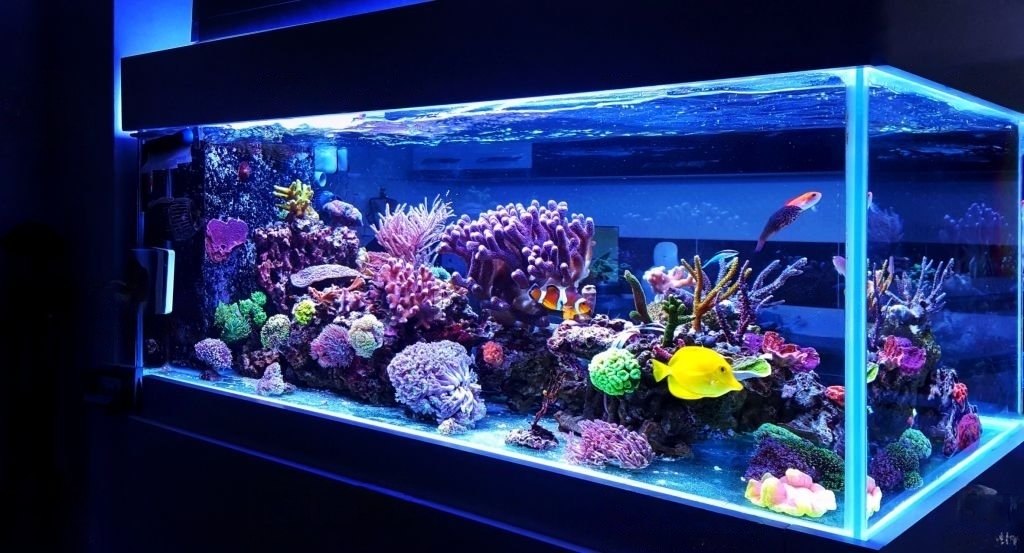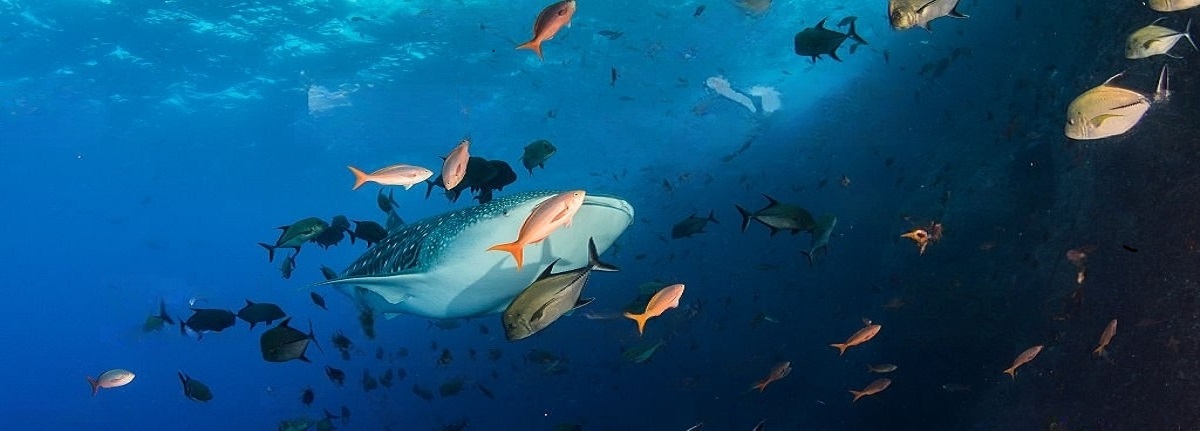
Choosing The Aquarium Design For Your Fish – A Beginner’s Guide
An aquarium makes a beautiful piece. Whether it is a tropical aquarium or one full of freshwater fauna, you will enjoy watching the fish swim and interact with each other.
Remember that fish will grow to an adult size. An aquarium that is too small will not accommodate the fish when they reach their mature size.
Substrate
As you begin your aquarium design, the substrate is one of the most important parts to consider. It acts as a medium harboring beneficial bacteria that help break down uneaten food, poop, and waste products in the tank. Choosing the right substrate will ensure that your fish, plants, and inverts have a clean and healthy environment to live in.
There are a few different types of substrate you can choose from, each with its own purpose and aesthetic. Some substrates are harder to maintain than others, but they are all safe for your aquarium and its inhabitants. Soil used as an aquarium substrate is specially formulated to prevent it from mixing with the water and can be bought at your local fish store.
Sand is another common choice, it has little to no gaps in between the grains where poop and uneaten food can get stuck, making it easy for your fish to eat and digest their food. If you choose to use sand as your substrate, it is best to keep it shallow so it does not fill the bottom of your aquarium.
Gravel is also a popular choice, as it can be used to create unique structures in your aquascape and can make the perfect base for larger rocks and plants. If you are using gravel as your substrate, it is important to rinse the gravel before placing it in your tank to remove any unwanted bacteria and decaying organic materials that may leach into the water.
Aside from enhancing the aesthetic of your aquarium, the substrate can also be used to create a more realistic environment for your fish. Creating hills, mounds, and slopes in your substrate will allow your fish to have more hiding places and provide you with a visually pleasing aquarium.
When designing your aquarium, it is important to have a focal point that you want to build the rest of the layout around. This will ensure that your design is balanced and that all elements work together to complement the focal point rather than distract from it. This is especially important when designing an aquarium for a commercial setting, you want your aquarium to fit in and complement the surrounding decor rather than compete with it.
Plants
A good aquarium design uses plants to bring a sense of depth and natural beauty to the tank. It is important to choose plants that are suitable for your fish tank and its water chemistry. Fish that are accustomed to specific habitat conditions may not thrive in an aquarium with very different water chemistry.
You can choose from a wide variety of aquatic plants available at your local pet store or online. Try to find a selection that is appropriate for your space, climate, and budget. Some plant species require specialized lighting or special nutrient mixes to thrive. If you are not sure how to select the right plants, ask a specialist at your local pet store for advice.
Some people prefer to use live plants, while others like to use high-quality artificial ones. Both are fine, but make sure to match the type of plants you use with the lighting system that your aquarium has. Some lighting systems don’t work well with certain plants, and you can end up with unhealthy or even dead plants.
Another way to improve your aquarium’s appearance is to create small hills and valleys on the substrate. This will give your aquarium a more realistic look as if it was slowly eroded over time. This technique also helps hide plastic decorations and prevents them from blocking the light.
When you are choosing the plants for your aquarium, consider their height and size. The taller plants will help create a sense of depth, while the smaller plants will provide contrast in color and shape. Some plants are also better suited for the bottom of the tank, while others prefer to be placed in higher areas of the aquascape.
The next step in creating a beautiful aquascape is to create a focal point. This can be a large rock, piece of driftwood or other object. This is what gives the aquarium its identity and sets it apart from other simple fish tanks. The best way to create a focal point is to use the principles of perspective and layering discussed above.
Focal Point
As you’re putting together your aquascape it’s important to consider the focal point. This could be a spectacular rock, piece of wood, or group of plants. It should be something that draws the eye to it and is placed carefully in your tank. A good way to think of a focal point is to envision four lines (two horizontal and two vertical) running through your tank. Wherever the lines cross is a good place to put your main features like rocks, wood, and bold/red plant species.
Aside from the focal point, it’s important to have a general idea of what kind of aesthetic you want for your aquarium. For example, if you’re going for a natural/mountains theme, it’s best to have open pathways that extend from the foreground into the midground and background. This helps create a sense of depth and really helps bring out the beauty of your plants and hardscape.
It’s also a good idea to avoid having too much symmetry in your design. In nature you don’t often see things perfectly repeated over and over, so why do it in your aquarium? Also, try to keep your plants close in color so they look more natural. Finally, consider your fish. Some fish are more compatible with certain aquascape designs than others. For instance, fast-swimming fish may disturb and upset the delicate plants in your aquarium. On the other hand, a school of shy/dormant fish will probably blend in perfectly and act as a more subtle accent to your aquascape.
While it’s a great idea to have an idea of what your tank is going to look like before you build it, don’t be afraid to break the rules a little. Sometimes it can make for a more interesting and unique aquarium design.
Lighting
A well-stocked aquarium is more than just a beautiful centerpiece. It’s the home for your fish and is responsible for maintaining their health. In order to give them the best life possible, you need to design a tank that is compatible with their habitat requirements. This requires thorough research on the species that you’d like to keep and understanding how their environment interacts with each other.
The aquarium should be large enough to allow your fish ample space to swim and play. This is particularly important for fish that naturally swim in groups or schools. Keeping them isolated in a small aquarium will cause them to stress and may cause territorial conflicts. You should also ensure that there are plenty of hiding places to provide the fish with an element of security and privacy.
Most beginner aquarists choose to start with a community aquarium that contains multiple different types of fish that have adapted to a variety of habitat conditions. This helps to prevent overfeeding and provides the opportunity for all of the fish to socialize with each other. However, it is vital to consider how your aquarium will be able to accommodate the various habitat requirements of each fish in the aquarium before purchasing them.
Glass is the material that is most commonly used for tanks and is an inexpensive option. It’s manufactured by heating ordinary sand, which is mostly silicon dioxide to 1700 degrees Celsius (3090F). The resulting sand literally liquefies and is then poured over tin plates to form the panes of clear glass that are familiar to all of us.
Many tanks are sold with the lid and light combined into one unit referred to as a “hood.” This type of tank is much easier to clean, provides a tighter seal that reduces evaporation and allows more outside light to enter the aquarium. Alternatively, you can purchase a separate lid that has a hole in it for the light fixture.
A common misconception is that any type of bulb will work in an aquarium. However, red and blue lights are preferred as they promote plant growth and enhance the coloration of fish.
